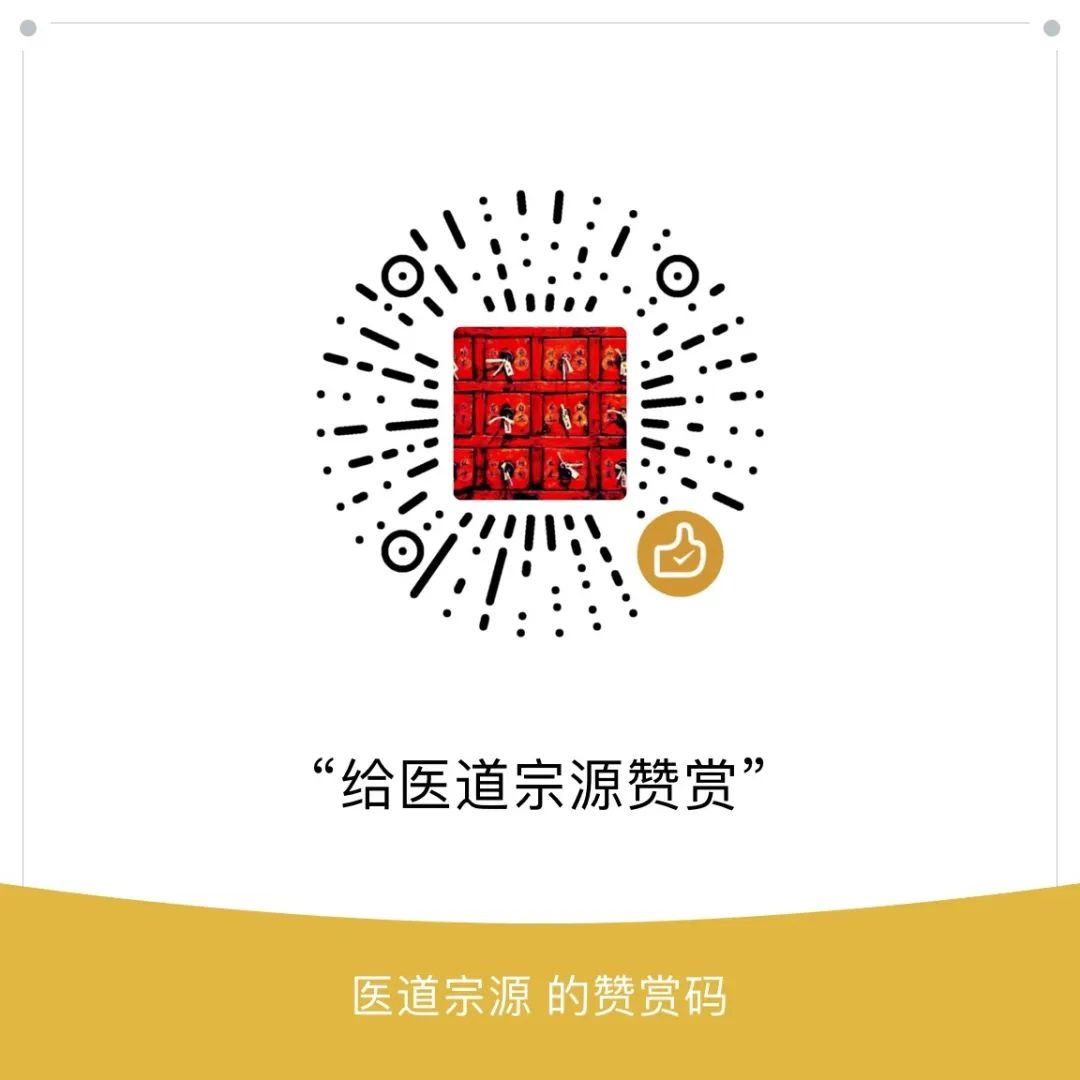
The Eight Principles (Ba Gang) are abstract concepts derived from specific phenomena. Using the Eight Principles to identify and summarize syndromes is a method for analyzing the common characteristics of diseases, representing one aspect of the application of the Eight Principles in Traditional Chinese Medicine (TCM).
Among the Eight Principles, Exterior and Interior (Biao and Li) are the most fundamental guidelines for identifying the location of a disease; Cold and Heat, Deficiency and Excess (Han Re, Xu Shi) are the basic principles for discerning the etiology and nature of a disease; Yin and Yang serve as the overarching framework for categorizing diseases and summarizing syndromes. Since the Eight Principles provide the most general overview of the body’s response during the disease process, they establish the fundamental principles for syndrome differentiation. Through the Eight Principles, one can identify the key aspects of a disease, grasp its essentials, determine its type, and predict its trend, thereby guiding treatment. The Eight Principles form the foundation of syndrome differentiation, playing a role in simplifying complex cases and highlighting key points, applicable to various clinical departments and diseases, while other differentiation methods are specific deepening of the Eight Principles.

The Eight Principles differentiate the essence of diseases from eight aspects. However, this does not imply that the Eight Principles merely classify various syndromes into eight distinct categories. The Eight Principles are interrelated and variable, allowing for combinations, overlaps, and transformations, such as simultaneous exterior and interior diseases, mixed deficiency and excess, overlapping cold and heat, exterior syndromes entering the interior, interior pathogens exiting the exterior, cold transforming into heat, heat transforming into cold, excess transforming into deficiency, and deficiency leading to excess. Additionally, there may be true and false syndromes, such as true heat and false cold, true cold and false heat, true deficiency and false excess, and true excess and false deficiency. This significantly increases the complexity of the Eight Principles differentiation, allowing for the formation of many more specific syndromic outlines, such as exterior excess cold syndrome and exterior cold with interior heat syndrome, thus expanding the feasibility and practicality of syndrome differentiation. Although clinical syndromes are complex and variable, they can all be summarized using the Eight Principles.

Of course, the understanding of the essence of diseases through the Eight Principles is still not deep or specific enough. For instance, the concept of interior syndromes is very broad, and the Eight Principles do not indicate which organ or system is affected. Similarly, cold and heat cannot encompass all pathological properties such as dampness and dryness. Deficiency and excess also have various specific pathological contents. Therefore, the Eight Principles are merely a “framework”; the differentiation based on the Eight Principles is relatively general and abstract. In clinical practice, one should not be satisfied with merely distinguishing the Eight Principles but should combine them with other differentiation methods for a more in-depth analysis and judgment of the disease’s syndromes.

We should not merely understand the Eight Principles differentiation as a simple categorization of several relatively general syndromes. Instead, we should recognize that the concept of the Eight Principles, through their interrelationships, prominently reflects the ideas of dialectics. Many of TCM’s differentiation viewpoints are embodied through the relationships of the Eight Principles. Understanding the differentiation relationships among the Eight Principles allows us to recognize that various phenomena in diseases exist in a state of interrelated contradictions and changes. The contradictory phenomena not only have opposing aspects but are also defined in relation to these opposites, with intermediate and transitional stages, and can transform into one another. Therefore, the establishment of the Eight Principles concept marks the refinement of dialectical logical thinking in TCM, reflecting many fundamental aspects of logical thinking and capturing the main contradictions that are universal in diseases. This has significant guiding implications for learning other differentiation methods and for correctly understanding the disease process in clinical practice.

© Zheyan Looks at TCM

Long press the QR code below to follow us


Discussing Medicine and Teaching Principles, Inheriting the Wisdom of Qi Huang
Exploring the Hidden and Seeking the Profound

Please indicate the source when reprinting
Some content is sourced from the internet, copyright belongs to the original author

WeChat|xiayu99



Reward a Chicken Leg
If interested, please click the lower right corner, there is youLooking

